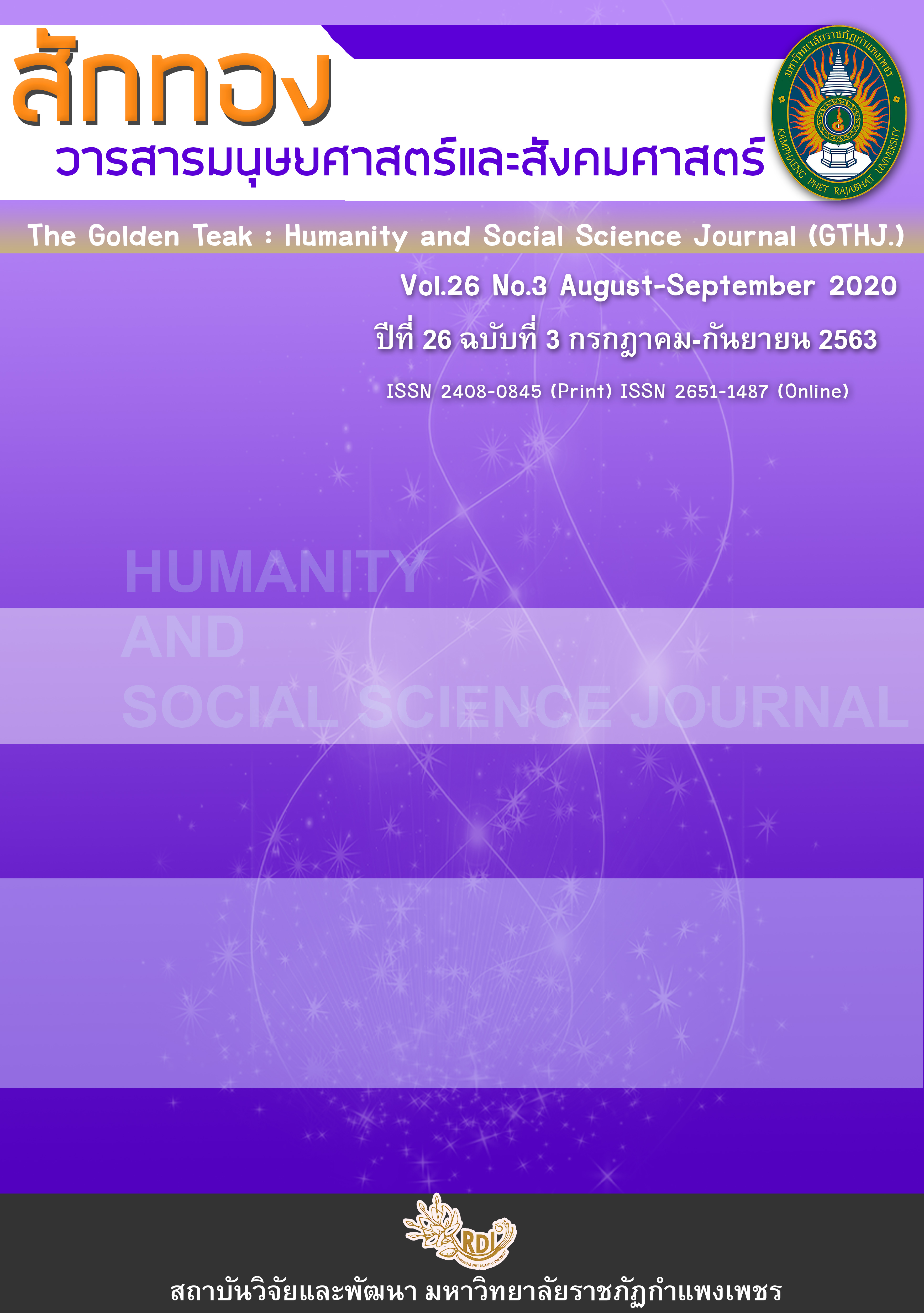The Development of Learning Achievement Physical Fitness Using the CIPPA Learning Activities Of students in Physical Education Uttaradit Rajabhat University
Main Article Content
Abstract
The purpose of this research were for studied the learning achievement. Physical Fitness Using the CIPPA Learning Activities Of students in physical education Uttaradit Rajabhat University. And compared the mean score of achievement Physical fitness from the CIPPA learning activities of Physical Education students Uttaradit Rajabhat University. The sample consisted of 50 second year students. The experimental group consisted of 25 experimental students who received 6 sessions of CIPPA physical fitness training for 2 weeks per day, 2 hours per day. There were 25 students in the control group who did not receive the CIPPA learning activity on physical fitness Plans for CIPPA Learning Activities on Physical Fitness.The correlation coefficient was 0.90 and the physical fitness test the correlation coefficient was 0.81. The data were analyzed by means of computer program. Standard Deviation Comparison of data analysis with t-test. The statistical significance level was .05 The research found that 1) The student achievement was significantly higher at the .05 level. 2) The mean of the post-test achievement of the experimental group was significantly higher at the .05 level than before the study. 3) The average of post-test achievement of the experimental group It was significantly higher than the control group at the .05 level.
Article Details
บทความที่ได้รับการตีพิมพ์เป็นลิขสิทธิ์ของวารสาร สักทอง : วารสารมนุษยศาสตร์และสังคมศาสตร์ สถาบันวิจัยและพัฒนา มหาวิทยาลับราชภัฏกำแพงเพชร
ข้อคิดเห็นใดๆ ที่ปรากฎในวารสารเป็นวรรณกรรมของผู้เขียนโดยเฉพาะ ซึ่งมหาวิทยาลัยราชภัฏกำแพงเพชรและบรรณาธิการไม่จำเป็นต้องเห็นด้วย
References
and analytical thinking ability of mathayom suksa 2 students. Udonthani : Udonthani Rajabhat University.
Ar-wherelao, N. (2014). The result of the Cippa learning activities focused on linking skills Mathematics in real world situations Probability. Chonburi : Burapa University.
Khemmani, T. (2008). Teaching style : Variety of choices. Bangkok : Chulalongkorn University.
_______. (2014). Teaching knowledge to streamline learning processes. Bangkok : Chulalongkorn University.
Phoommarintara, A. (2013). The CIPPA MODEL is a series of sequences and sequences.Ability to solve problems and abilities in the student's mathematical communication Prathom Suksa 5.
Srirungruang, S. (2012). evelopment of student achievement and group process skills. Mattayom 4 : Health Promotion Performance and prevention of disease
Learn health education and physical education Use the Cipa learning style.


